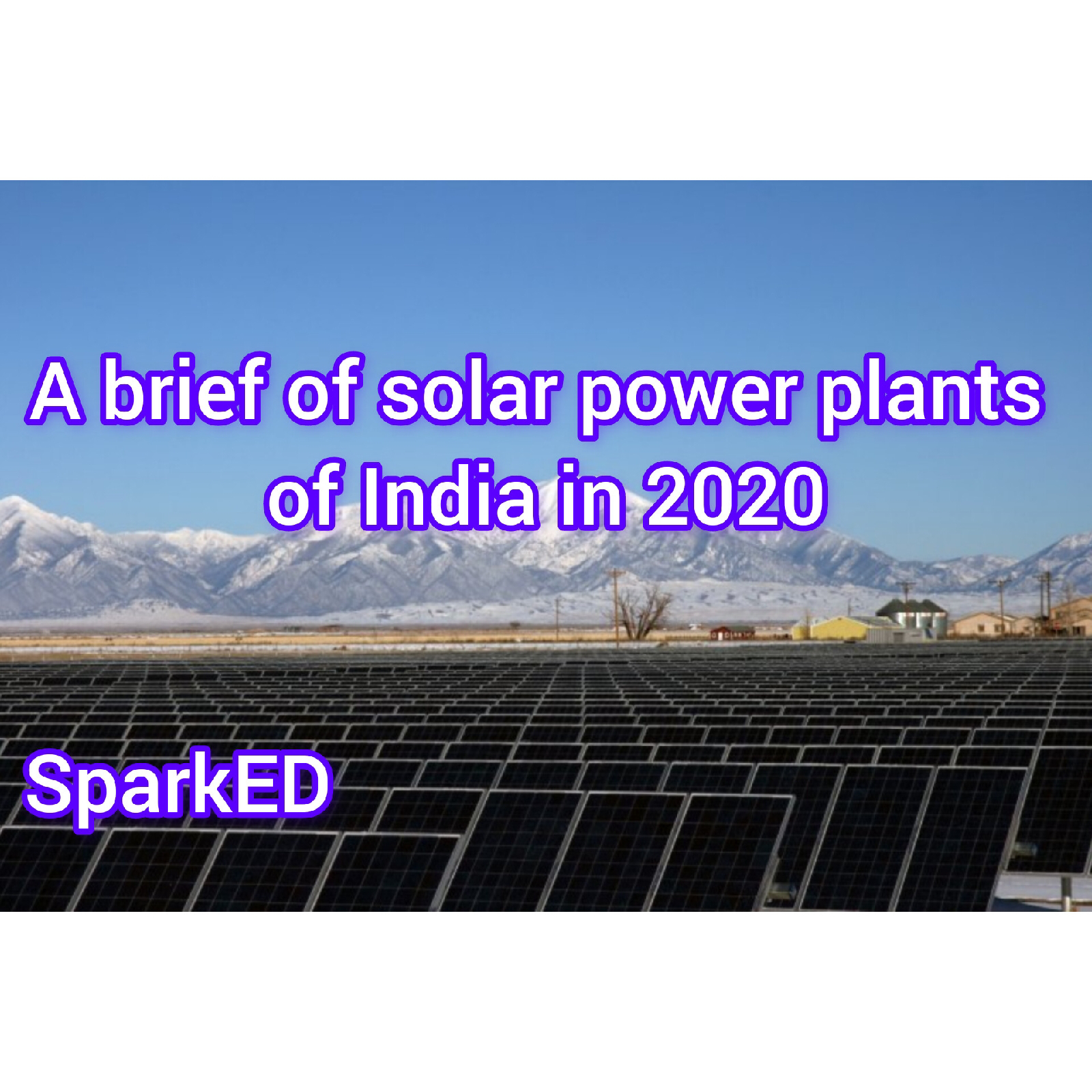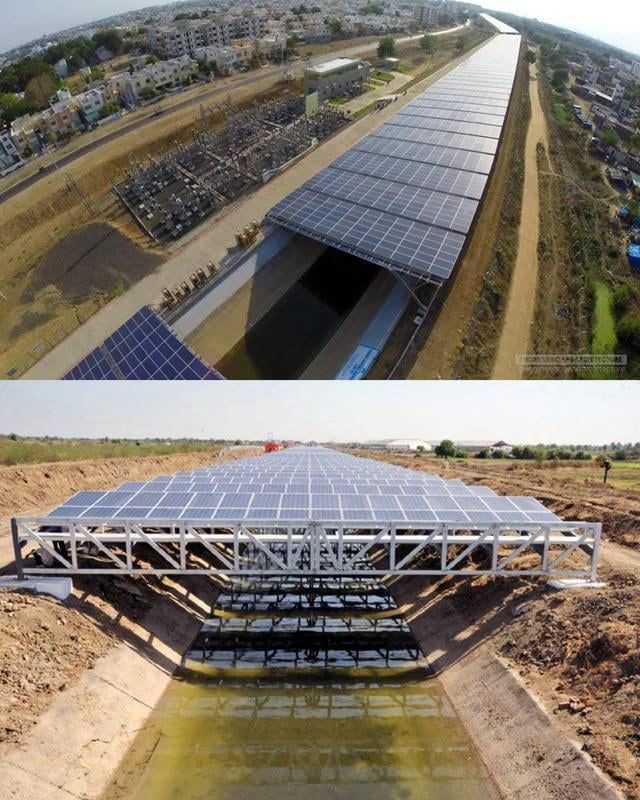1. Control and Speed Regulation: DC motors offer precise control and speed regulation, making them suitable for elevator applications. Elevators need to start, stop, and move at different speeds with accuracy, and DC motors allow for smooth and controlled acceleration and deceleration.
2. Torque Characteristics: DC motors provide high starting torque, which is essential for elevators to lift heavy loads from a stationary position. The initial torque helps overcome the inertia of the elevator car and its occupants.
3. Compact Design: DC motors have a relatively compact design compared to other motor types, allowing them to fit well within the limited space available in elevator shafts and machine rooms.
4. Regenerative Braking: DC motors can be used in regenerative braking systems, which contribute to energy efficiency. When the elevator descends or decelerates, the motor acts as a generator, converting the kinetic energy into electrical energy that can be fed back into the power grid or used for other purposes.
5. Reliability: DC motors are known for their reliability and durability, requiring minimal maintenance. This is crucial for elevator systems that need to operate continuously and reliably for extended periods.
While DC motors have been widely used in elevators, it's worth noting that some modern elevator systems also employ AC motors with variable frequency drives (VFDs) for improved energy efficiency and control. The choice of motor type depends on factors such as the specific elevator design, load requirements, speed control, and energy efficiency goals.











